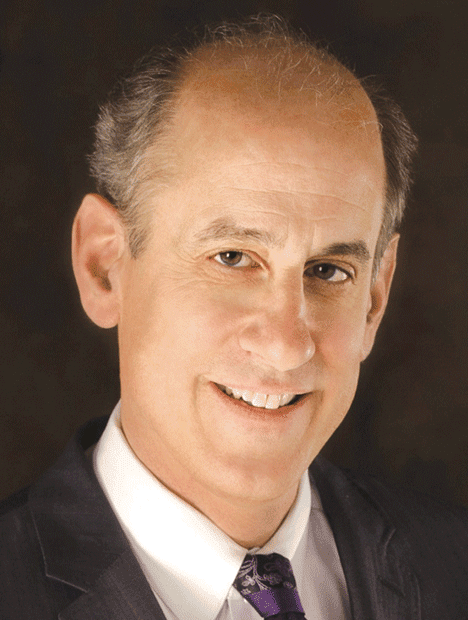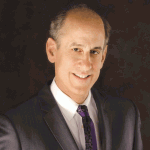
The 401(k) on Auto Pilot
These Tools Can Help Secure Individuals a Paycheck for Life
We live in a world of automatic. From your coffee maker to your car, automatic makes our lives easier every day.And since the Pension Protection Act of 2006, automatic has made its way into the world of the 401(k). This has greatly helped plan sponsors encourage their plan participants to save more and build their retirement accounts. There are four ‘automatic’ tools that can help ensure successful retirement outcomes for 401(k) plan participants: automatic enrollment, automatic increase, automatic default, and automatic open re-enrollment.
Here’s how they work:
Automatic Enrollment
This first automatic tool allows employers to automatically enroll their employees as participants in their companies’ 401(k) plans. This feature uses the inactivity of employees to their advantage. About 18% of large employers (companies with 1,000 or more employees) automatically enroll all employees (both new and existing workers). Considering that the opt-out rate in these employers’ plans is less than 10% of employees who are automatically enrolled, this feature does a great deal to boost enrollment.
If they do not opt out of participating in the plan, participants will begin saving for their future without even lifting a finger.
Automatic Increase
Automatic increase is another great feature to use in increasing the amount that each participant contributes to his or her plan. A 10% contribution rate provides for a successful retirement that also helps to offset inflation. However, many participants are currently saving on average well below this level. By automatically increasing contributions 1% each year up to 10%, plan sponsors can help to steer their plan participants in the right direction toward appropriate savings for retirement.
Automatic Default into a Qualified Default Investment Account (QDIA)
Today the majority of 401(k) plans allow individual participants to exercise control over the investment decisions of the assets in their 401(k) plan. But what happens if a participant enrolls in the plan but never elects where his or his employers matching contributions should be invested? In the past, this money was directed to a money market account, where it may remain for years. What happens if that employee is only earning a paltry 1% for 30 years? Who will be deemed responsible for that investment choice?
To provide protection to the plan sponsor fiduciary (think you, the business owner) from bearing the personal liability for an employee’s lack of interest in their 401(k) choice, ERISA allows the plan “fiduciary” protection to automatically direct 401(k) participants’ money to a qualified deferred investment account — typically a lifestyle fund, balanced fund, or target-date fund. This greatly relieves the plan sponsor of the burden of chasing down participants to make investment elections.
While the plan sponsor is still responsible for justifying the QDIA it selects and continuing the due-diligence of these funds, this feature provides fiduciary protection. When a participant is automatically defaulted into a QDIA, the plan fiduciary is protected against an employee lawsuit regarding that choice. This automatic feature not only protects plan sponsors and fiduciaries from a lawsuit, but it also protects employees from making poor investment selections.
The majority of 401(k) participants fall into the “don’t know and don’t want to know how to invest” group. For this reason, more than 70% of new 401(k) contributions go into a QDIA . By educating plan sponsors and fiduciaries, plan advisors can provide direction and confidence in their QDIA choice.
Automatic Open Re-enrollment
The automatic open re-enrollment keeps participants in a plan. Once a year, participants receive a letter stating that they will have 30 days to review their investment choices and, unless the plan sponsor receives notice otherwise, they will be automatically enrolled into a QDIA. The result of this feature has increased employee involvement in a QDIA, which, in turn, enhances the employer’s fiduciary protection.
It’s no secret that if employees and plan participants are left to their own devices, they will, most likely, not save enough for retirement. This retirement-savings auto-pilot program is attractive to plan sponsors and fiduciaries because of the liability protection it provides. It also pays dividends for the plan participants, because they are automatically positioned as intelligent savers, enrolling in their company’s 401(k) plan, automatically escalating their contributions, defaulting into a QDIA, and re-enrolling into that account. Automatic is a great innovation, and it has benefited and will continue to benefit the 401(k) industry well into the future.
Automatic enrollment has already been adopted by 40% to 50% of employers. However, many smaller and mid-size plans have been reluctant to add these features, for fear of negative feedback from their employees.
The benefits of these automatic features should not be overlooked by both small- and medium-sized businesses, and their employees. For the owner or an over-staffed administrative person, there is greater ease in gaining employee participation in a valuable benefit that you are sponsoring and paying for. In addition, the fiduciary protection afforded by ERISA makes these features even more enticing.
For the employees, ease of participation and in the end, greater employee success in replacing their future income and creating a paycheck for life make this a win-win feature for everyone.
Charlie Epstein, CLU, ChFC, AIF® is the founder of The 401k Coach® Program (www.the401kcoach.com), which offers expert training for financial professionals to develop the skills, systems, and processes necessary to excel in the 401(k) industry and facilitate successful retirement outcomes for plan sponsors and participants. Epstein has frequently been named to 401kWire’s Top 100 Most Influential People in the 401(k) Industry List and Top 300 Most Influential DC Advisor List and was recently named to the Legg Mason Retirement Advisory Council.






